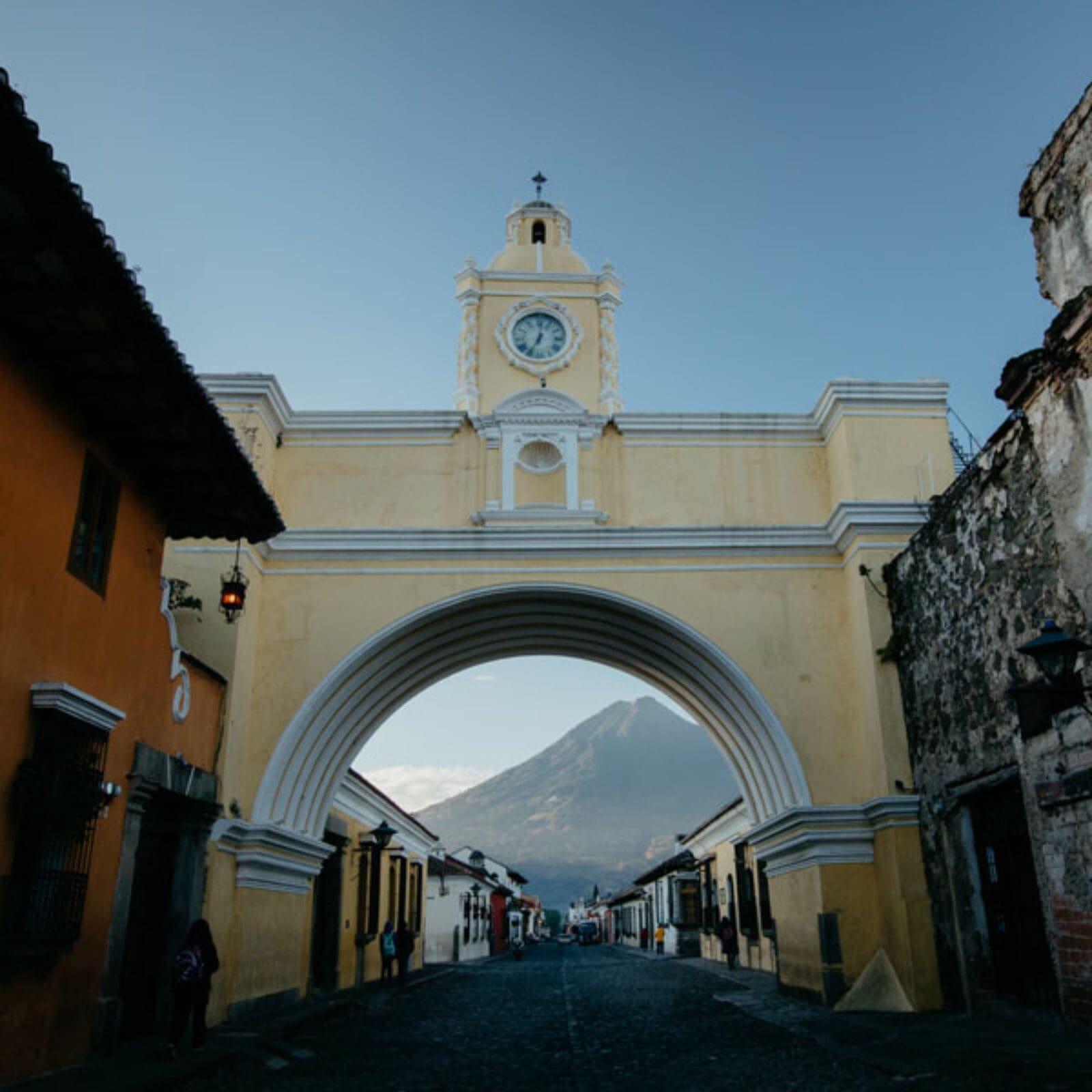Thorn bushes are funny things. Not so much funny in a comical way, but rather in reference to their impeccable means of survival amidst conditions and situations that occur throughout their life span.
Thorn bushes are clever things. In order to survive, a thorn bush plunge their roots deep and wide into the earth below. These roots sustain the bush above the surface. They supply life to the stems and branches and provide a means for the thorns themselves to actually be the nuisance that they are to passers-by.
Thorn bushes are impressive things. With a deep enough root system, a thorn bush here in Nicaragua can grow to the size of a small tree, sucking the life out of every living organism nearby. As the roots dive and extend deeper below the surface in search of more life-sustaining nutrients, the evidence of their work grows larger and more threatening above the surface for all to see and experience.
Thorn bushes are cruel things. Fighting against other plants in the area to gain strength, status, and sustenance, the bush exists to silently and purposefully kill others nearby in order to steal what gives them life. The bush is only concerned with its own survival and ability to thrive.
Thorn bushes are funny things.
Allow me to preface by saying I do not actually have any prejudice against thorn bushes, so you thorn bush enthusiasts out there can rest assured knowing that I am only using them to illustrate an incredibly profound truth that the Lord laid on my heart while serving here in Nicaragua.
I really do not intend to talk about the bush and its thorns that we do see, but rather the roots that we do not. They are there, lurking beneath the surface, giving life to the thorn-bearing bush above, but we often seem ignorant of the roots. Instead we like to focus on the simple. We can actually see, touch, and interact with the bush above the surface, but the life-giving source below the surface goes unnoticed and thus ignored. We might know that they are down there, but to get to the roots, we must dig through several feet of dirt and hardened clay. We have to interact with the thorns. We have to put in work to see what supplies the life above the surface.
During the first week of month two on the World Race, my team and I had the pleasure of searching for thorn bushes in an expansive lemon and mango tree farm run by a missions organization called REAP Granada here in Granada, Nicaragua with whom we are working and serving this month. The farm, situated at the base of a volcano called Mombacho, is in its infancy, but already provides secure jobs to almost a dozen Nicaraguan men recovering from a life of addiction. They are seeking to make the farm entirely self-sustaining, while continuing to reach out to the community and provide jobs for men in the area.
(The lemon and mango tree farm situated at the base of Mombacho)
The lemon and mango tree farm mentioned above is currently infested with thorn bushes waiting to take over the land. When the land was purchase, it underwent a preparation stage before cultivation. During this time they basically cut down every living plant in the field. In doing so, they eliminated all of the thorn bushes, but left the root system completely intact below. They proceeded to plant dozens of rows of trees, expectantly preparing to harvest lemon and mango crops within a few years time. The timeline is relatively unknown to me, but at some point, those root systems below the surface began to sprout new life above the surface. Although considerably smaller in stature, the bushes began to spread and new thorns began to grow on the stems sprouting from the roots below. Soon enough, the impending harvest was threatened by a system of roots below the surface that no one cared to or even knew to deal with appropriately. The new bushes were hiding beneath patches of other plant life, seeking to not be exposed, all the while robbing the surrounding plants of nutrients vital to their own survival.
Now comes the fun part…getting rid of them. The first step was to identify the bushes. Like I mentioned before, they liked to lurk beneath other plants and hide from onlookers. But they were surely identifiable. They had sharp thorns all along their stems and branches and their leaves displayed a slight blueish hue. So my team set off to find them. We searched up and down rows of infant trees for these thorn bushes. When we found one, it was time to actually do something about it. Clearly taking away the visible aspect of their existence failed to yield the desired result, so perhaps digging a bit deeper might provide some answers. With that, we started digging. We realized quickly that these bushes, though small in stature above the surface, possessed an extensive root system beneath the surface that had to be exposed and destroyed in order to prevent the visible thorns from returning.
(The thorn bushes we set out to expose and remove from the field often hid beneath other plants)

(A fully exposed root bulb of one of the thorn bushes)
To expose the roots it took an entire team of people to dig, cut, and pull out the dirt around the root bulb. Finally, after about half an hour of working, the root system was exposed. It took a team to do this. It took a community to shed light on the system giving life to the thorns above the surface. Now it was time for that community to kill that root system, for the thorns were merely a visible symptom of a deeper condition. And with that knowledge, we began to hack, chop, and bludgeon the root bulb until it was fully removed from the soil. We were left with an empty hole at the end waiting to be backfilled with soil so that it could spring life again. Life abundant with a variety of plant life, sharing nutrients, seeking to grow fully with one another. Life not seeking to afflict those wandering in the midst nor seeking to steal and kill others planted nearby. Rather, life seeking to exist in harmony, to be seen, touched, and enjoyed by those wandering by. Life longing to be a symbol of God’s beauty expressed in His creation. But first, a bush needed to be identified, dirt needed to be removed, and a root needed to be exposed and removed.
By the end of the process, I was left thinking to myself, “Thorn bushes are funny things.”
Sin is also a funny thing.








